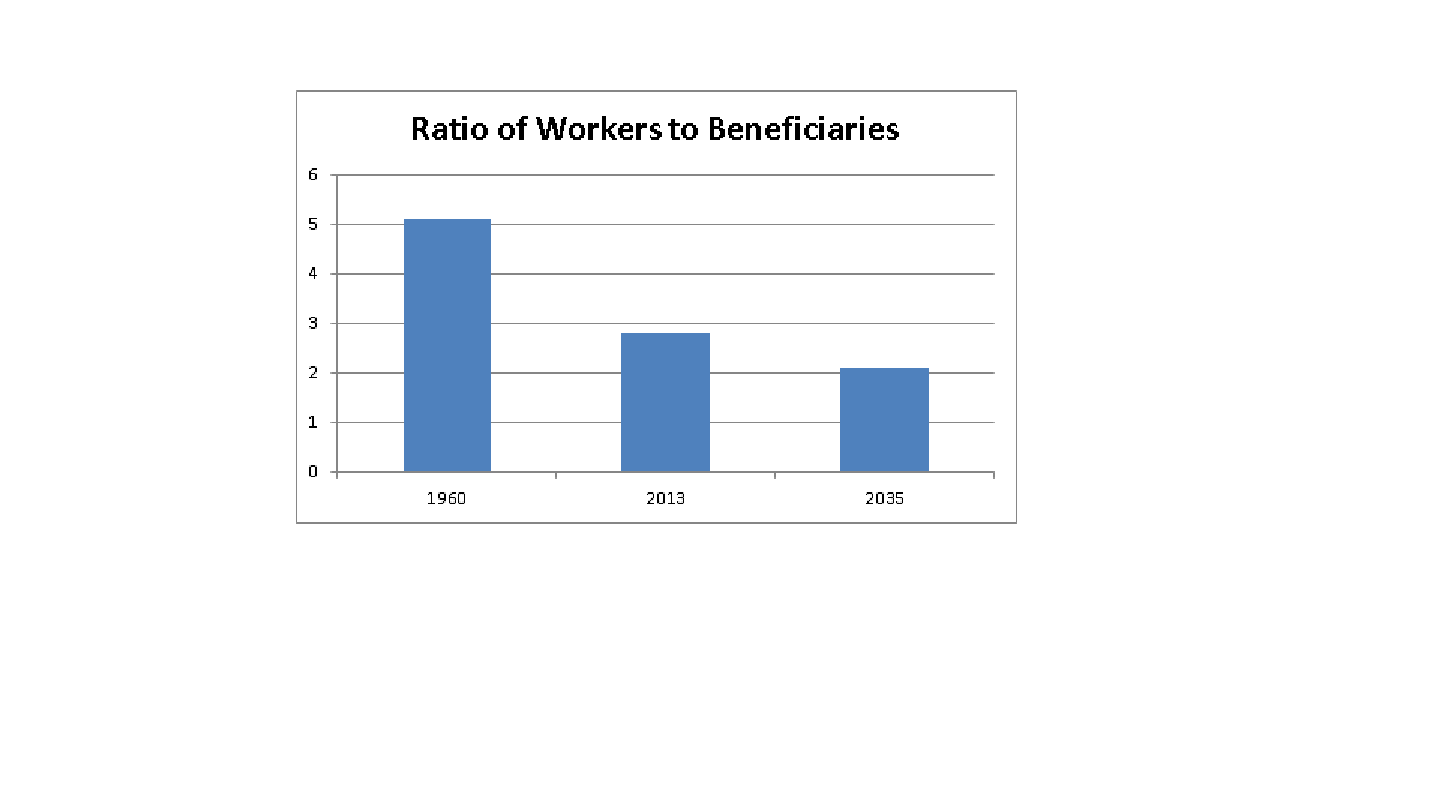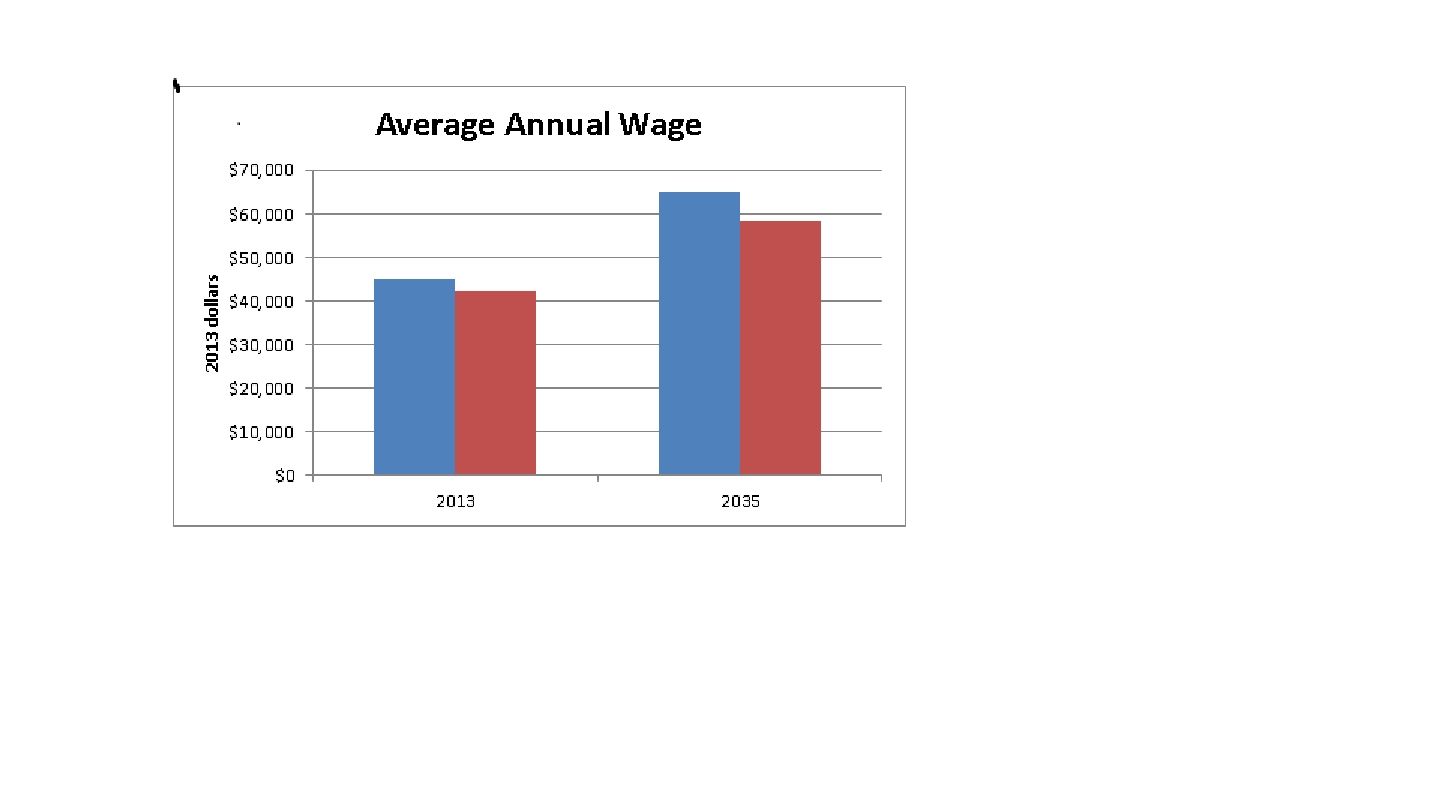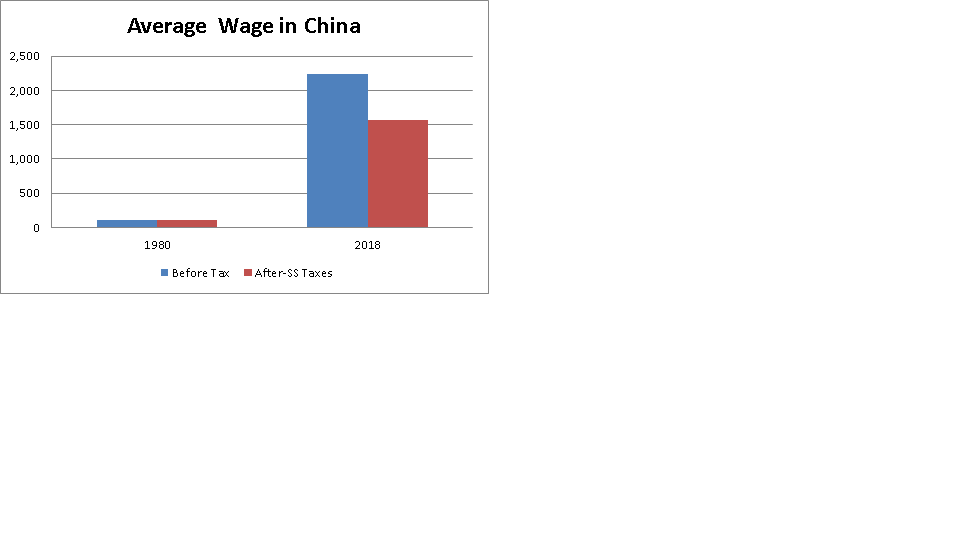December 31, 2013
Do you remember back when we were worried that robots will take all of the jobs? There will be no work for any of us because we will have all been replaced by robots.
It turns out that we have even more to worry about. AP says that because of declining birth rates and increasing life expectancies, we face a huge demographic crunch. We will have hordes of retirees and no one to to do the work. Now that sounds really scary, at the same time we have no jobs because the robots took them we must also struggle with the fact that we have no one to do the work because everyone is old and retired.
Yes, these are the complete opposite arguments. It is possible for one or the other to be true, but only in Washington can both be problems simultaneously. In this case, I happen to be a good moderate and say that neither is true. There is no plausible story in which robots are going to make us all unemployed any time in the foreseeable future. Nor is there a case that the demographic will impoverish us.
The basic story is that we have a rising ratio of retirees to workers, which should promote outraged cries of “so what?” Yes folks, we have had rising ratios of retirees to workers for a long time. In 1960 there was just one retiree for every five workers. Today there is one retiree for every 2.8 workers, and the Social Security trustees tell us that in 2035 there will be one retiree for every 2.1 workers.

Source: Social Security Trustees Report.
Just as the fall in the ratio of workers to retirees between 1960 and 2013 did not prevent both workers and retirees from enjoying substantially higher living standards, there is no reason to expect the further decline in the ratio to 2035 to lead to a fall in living standards.
This point can be seen by comparing the average wage in 2013 with the average wage projected for 2035. The chart also includes the after-Social Security tax wage. The figure for 2035 assumes a 4.0 percentage point rise in the Social Security tax, an increase that is far larger than would be needed to keep the program fully funded under almost any conceivable circumstances. Even in this case, the average after tax wage would more than 38 percent higher than it is today.

Source: Social Security Trustees Report.
There is of course an issue of distribution. Most workers have not seen much benefit from the growth in average wages over the last three decades as most of the gains have gone to those at the top. But this points out yet again the urgency of addressing wage inequality. A continuing upward redistribution of income could make our children poor. Social Security and Medicare will not.
Finally, this AP article warns of the demographic nightmare facing China. Really?
China has seen incredible economic growth over the last three decades. As a result it is hugely richer today than it was in 1980. The chart below shows the ratio of real per capita income projected by the IMF for China in 2018 compared to its 1980 level. The projection for 2018 is more than 22 times as high as the 1980 level. The chart shows average wages under the assumption that wages grew in step with per capita income and a hypothetical after Social Security tax wage. The latter is calculated under the assumption that there was zero tax in 1980 and a 30 percent tax in 2018. (These are intended to be extreme assumptions.) Even in this case the average after-Social Security tax wage in 2018 would still be 15 times as high as the wage in 1980.

Source: International Monetary Fund.
Of course in China, as with the United States, there has been an upward redistribution of income associated with a huge shift from wages to profits. As a result workers have not fully shared in the gains from growth over this period. But the limit in the gains to workers is clearly this distributional shift, not a deterioration in the country’s demographic picture.
In short, we have a seriously flawed scare story. The upward redistribution of income does pose a serious threat to the well-being of future generations of workers in the United States and elsewhere. The rise in the ratio of retirees to workers is not even an issue by comparison.







Comments